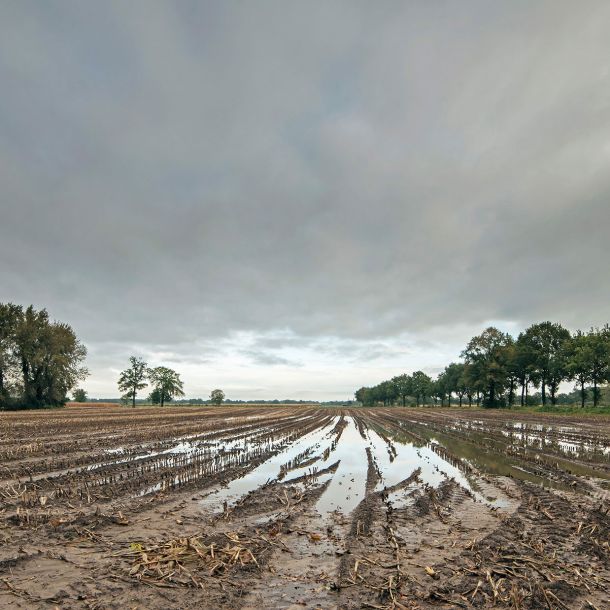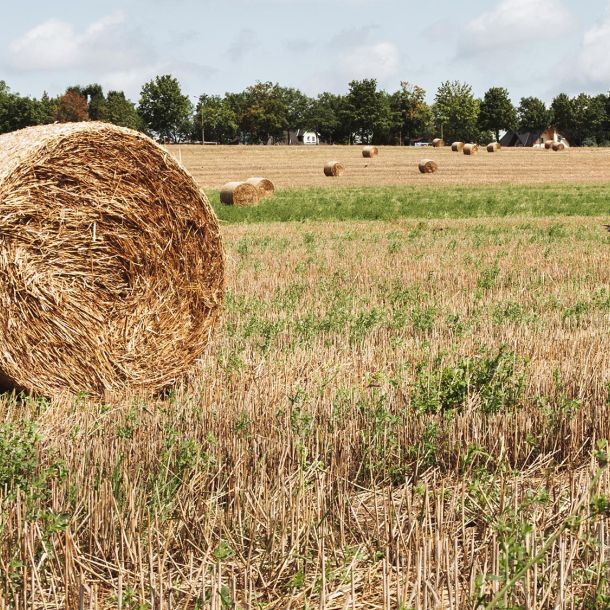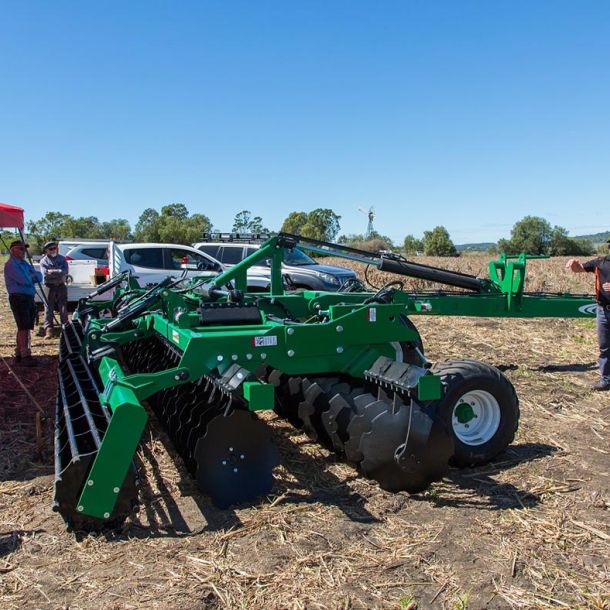Fodder Conservation 101
There’s an old adage that says, “make hay while the sun shines,” but for forage producers in many Australian farming regions, the challenge isn’t the sun – it’s the rainfall. Now that most areas of New South Wales, Victoria, South Australia and Western Australia have seen above average rainfall after years of drought, the decision is how best to harvest and process the abundance of hay that this year’s conditions have provided.
To Dry Or Not To Dry
For most producers, the first question is whether their unique storage, usage and logistical requirements necessitate drying their hay or ensiling (or fermenting) pastures to make silage. Dry hay production usually utilises hay storage buildings or sheds, with hay processed into bales of various sizes and shapes. The type of processed bale is dependent upon the usage – is the bale being rolled out in a paddock? Fed in a feeder? – and the way fodder is handled – does it need to be trucked from the storage location to the feeding location? – is a determining factor when deciding whether drying or ensiling is a better fit. Bale type and sizing also determine the optimal moisture content of the hay, with large square bales requiring lower moisture contents than small squares or round bales .
Dry hay’s end quality depends not only on the quality of the pastures grown, but also on the handling of the cut pastures within the paddock. Getting a proper moisture percentage – usually around 12-13% – keeps the hay from fermenting (the process it goes through when it’s ensiled), while also allowing the stems, leaves and flowers of the plant to remain moist enough to not break down during processing.
While dry hay can be used for any number of pasture animals and ruminants, from sheep and goats to horses and cows, it is usually less desirable for dairy animals due to nutrient content. However, dry hay’s easier digestibility means it is a sought-after feed type for horses. A producer interested in selling their fodders on the local feed market, rather than retaining them for their own usage, should research their local market and the types of buyers – dairy farms, cattle ranches, boarding stables – who purchase in their area. Exporters planning to move hay to Asian or Middle Eastern markets should look to both the end markets’ livestock (beef and dairy cattle, along with some high performance racehorse markets) as well as export requirements for quality assurance and grading .
Ensiling can be done in upright or bunker-style silos, or within plastic wrapped bales of various shapes and sizes. Like with dry hay, the shape and size of the bales is determined by usage and logistics. Ensiling pasture fodders is usually a long-term commitment, since both bunker silos and upright storage silos require investments in unloaders, machines, concrete and other storage and handling materials.
Pastures meant for ensiling are better when taken earlier and processed wetter. Recommendations for silage processing of fodder recommend cutting when the pasture is at no more than 20% headed and processing at around 30% dry matter . This production methodology, as well as the storage in silos, bunkers, or wrapped bales, means that the organic matter in the fodder ferments anaerobically (without air) as opposed to simply rotting or decaying. This helps retain nutrients from the plants, producing a long-lasting, high quality feed.
It All Starts In The Field
Regardless of the fodder conservation practice a producer chooses, all quality hay or silage production starts in the field. Pasture vegetative components vary by the animal consuming the feed. General use pasture can contain a good mixture of nutritive legumes, like lucerne and clover; grains, like oats and barley; and mass vegetation, like ryegrasses and other perennial grasses. Export hay crops tend to be oaten hay or lucerne, depending on the end market, as these crops are more durable for the containerization and export processes. Dairy mixes, for both goats and cows, tend to be mixed more heavily on the oat and legume side to produce higher-component, protein- and nutrient-rich milks and support the higher caloric needs of milking animals.
Once the mix is seeded and growing, the timing of fodder conservation process becomes critical . While growing requires rainfall or irrigation, mowing and wilting (also called curing) require a period of dryness – specifically a wilting period of at least 48-72 hours following mowing. While most producers use a mower-conditioner with either a roller head or a flail head to fracture the plant stems and speed up evaporative drying, some on-the-ground wilting time is necessary to reach an adequate moisture content, particularly for dry hay in either local or export use.
Hay rakes, like the Delta series rakes from K-Line , help producers manage mowed hay for both moisture control and processing needs. The rake can gently move wilting vegetation to better allow airflow amongst stems and leaves, while also positioning windrows together to speed up baling or silage chopping processes. Rakes like the K-Line Ag Delta series are designed to move vegetation with care, even at high ground speeds, in order to preserve nutrient-rich leaves and seed heads.
Modern baling and chopping equipment, particularly large square and round balers, work more efficiently with larger windrows. This means that raking together windrows improves not only the drying or wilting time of your hay crop, it can actually prevent processing problems.
Once baling or chopping is completed, storage processes are determined by the logistical factor mentioned previously, as well as the long- and short-term needs of the end-user facility. For dry hay facilities, hay can be shedded and tarped for longer-term storage, containerized and exported for market, or stacked for shorter-term usage. For chopped silage, packing into bunkers for later extraction with a telehandler or front end loader is most common, while upright silos require chopper boxes and blowers to transport processed feed from the field to the storage facility and up into the silo.
For wrapped sileage bales, some producers choose continuous wrapping, leaving caterpillar-like lines of bales across paddocks, while others opt for single bale wrapping and the traditional stack-and-shed model seen in dry hay.
Whatever the appropriate fodder production and storage approach for the farm, the producer and the market, K-Line Ag hay rakes help ensure the ideal conditions for drying and processing your hay crop.
References
-
[3]








